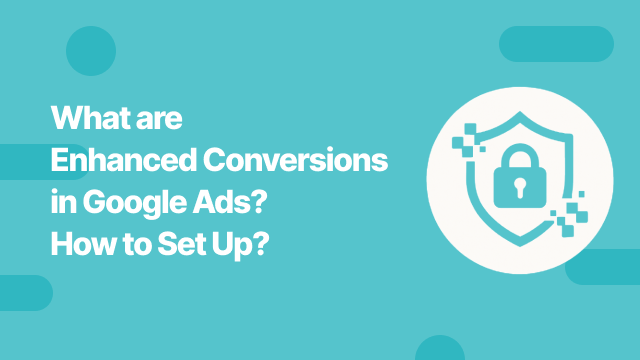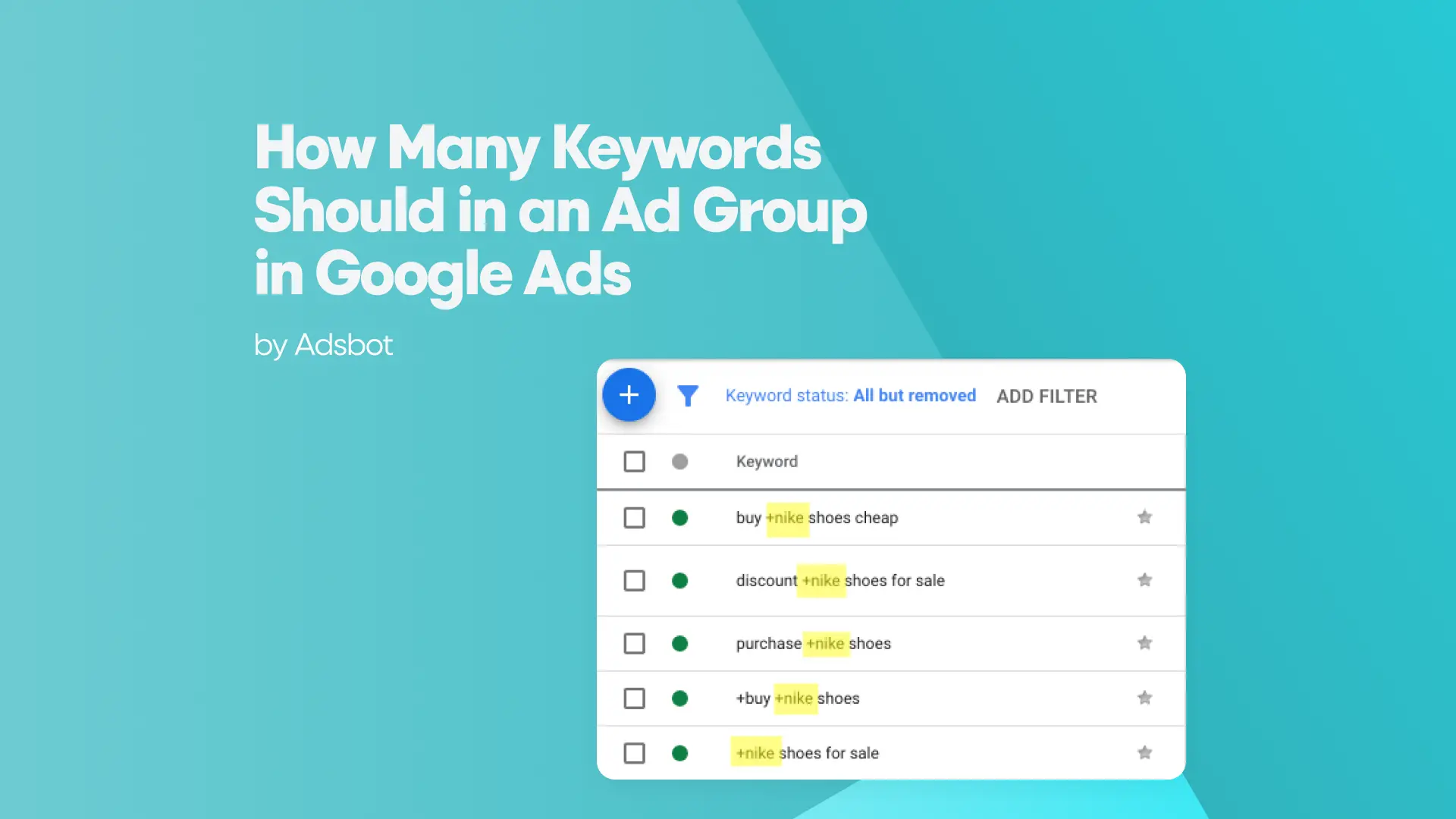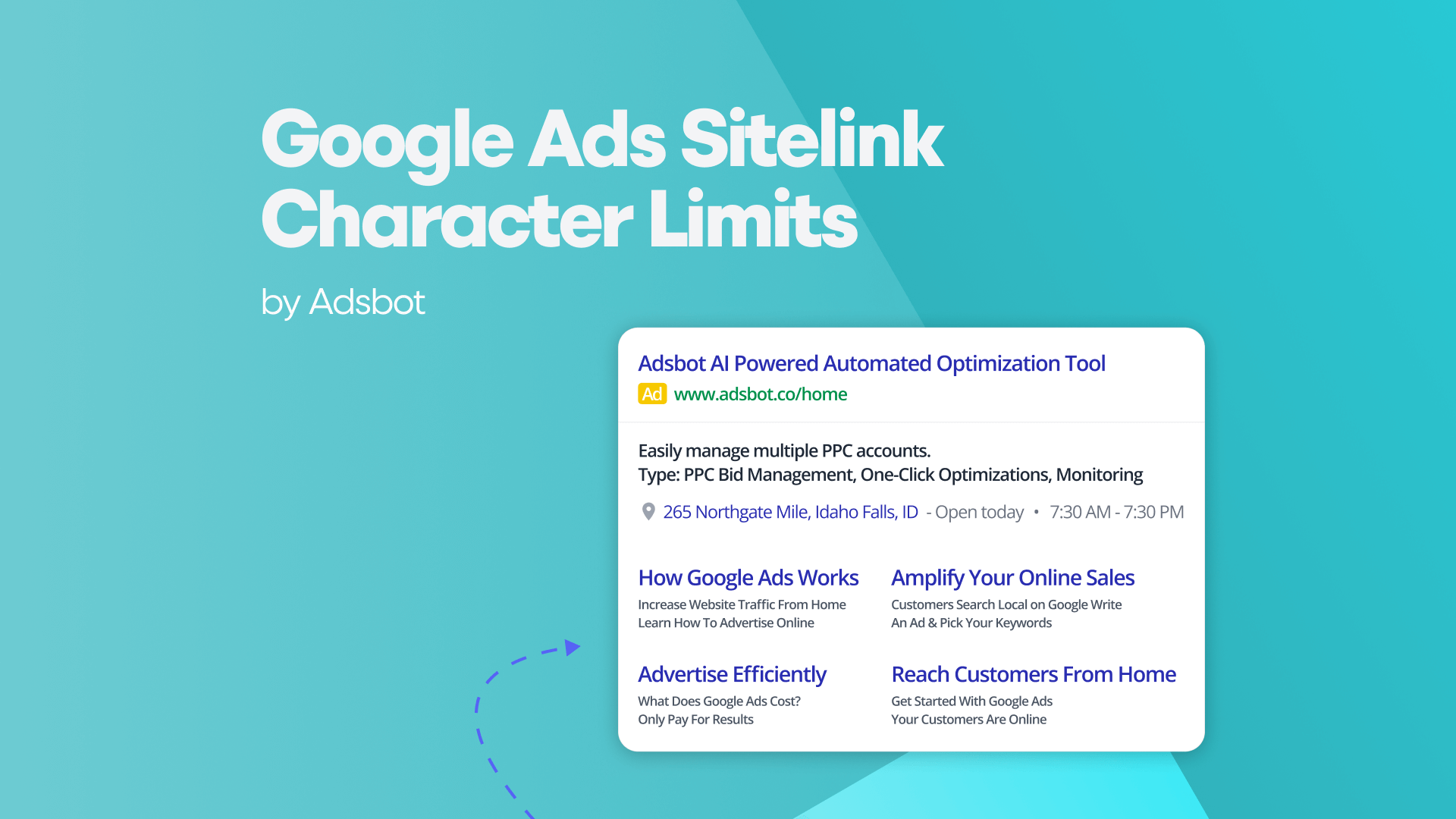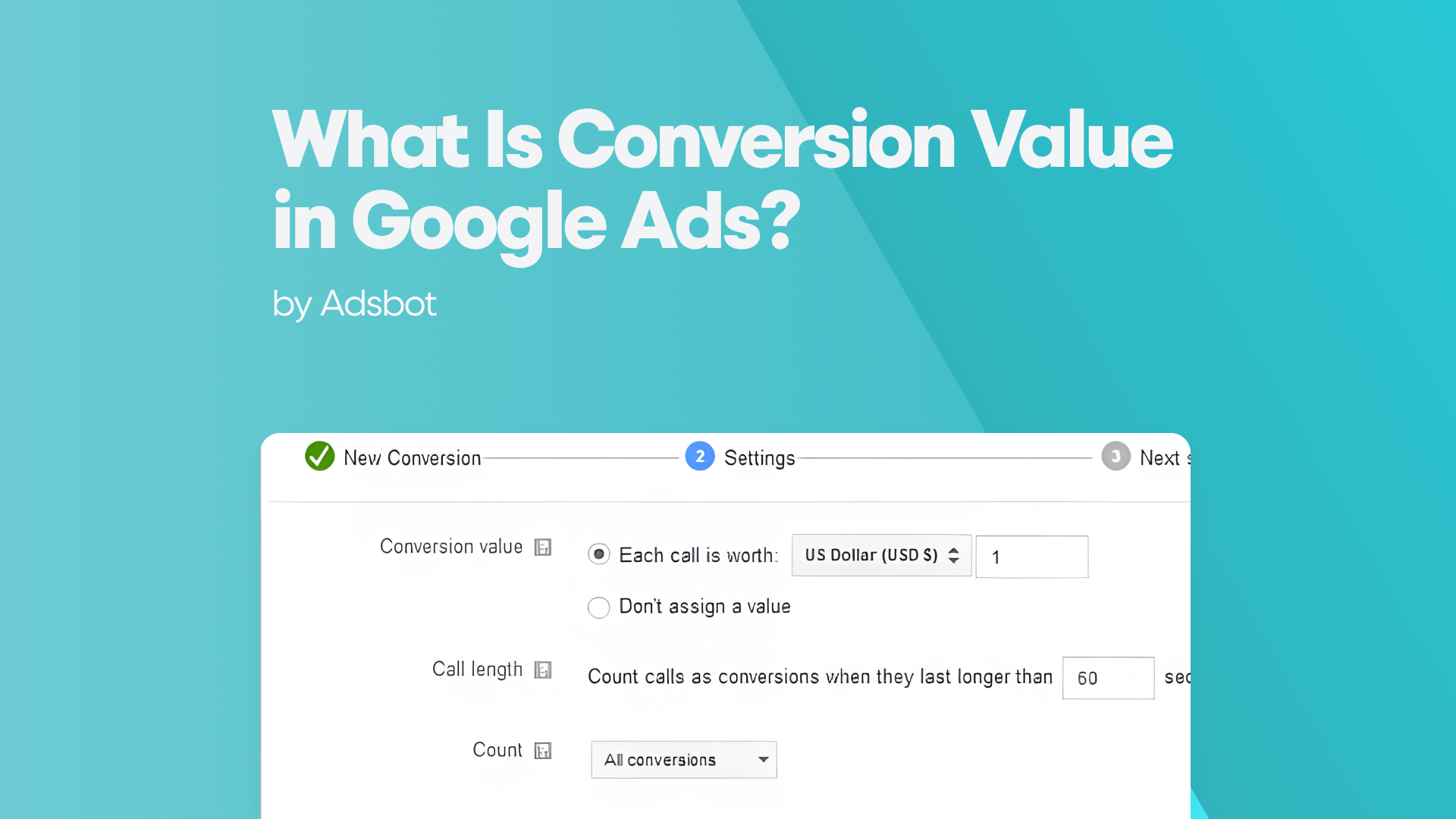In the world of digital advertising, measuring conversions accurately is crucial for campaign success. Google Ads offers a feature known as enhanced conversions to improve the accuracy of conversion tracking. This feature allows advertisers to better understand user actions and optimize campaigns more effectively. In this guide, we’ll dive into what enhanced conversions in Google Ads are, how they work, and how to set them up for your campaigns.
What is Enhanced Conversions in Google Ads?
Enhanced conversions in Google Ads is an advanced conversion tracking feature that improves the accuracy of tracking conversions by using first-party data. Traditionally, Google Ads tracks conversions using cookies, but with enhanced conversions, the platform can also use information provided by users, such as their email addresses or phone numbers (with consent), to track conversions more accurately.
When a user interacts with your ad and converts, Google matches the provided first-party data (like email or phone number) to an existing Google account. This helps bridge the gap in conversion tracking, particularly in cases where traditional cookie-based tracking might fall short. Google Ads enhanced conversions help improve tracking accuracy, particularly in a world where cookie-based tracking is becoming less reliable due to privacy regulations.
How do Enhanced Conversions Work in Google Ads?
Enhanced conversions work by utilizing first-party data provided by users when they convert. Here’s a simplified breakdown of how they operate:
- User Interaction: A user clicks on your ad and is redirected to your website or app.
- Data Collection: When the user completes a conversion action (like filling out a form, making a purchase, or signing up), you collect their first-party data, such as their email address or phone number.
- Data Hashing: The collected data is hashed (anonymized) using a secure encryption method. This ensures that personal information is not exposed, maintaining user privacy.
- Matching Data: The hashed data is sent to Google Ads, where it is matched against the user’s Google account information.
- Conversion Attribution: If a match is found, the conversion is attributed to the ad click that led to the user’s action.
This process allows Google to track conversions more accurately, even in cases where cookie-based tracking fails, such as when users have deleted their cookies or are using devices that don’t store cookies.
Why are Enhanced Conversions Important?
Enhanced conversions are important because they offer a more reliable way to track conversions, especially with the growing concerns over privacy and cookie restrictions. Here are some key reasons why enhanced conversions matter:
- Better Accuracy: They help overcome the limitations of traditional cookie-based tracking, offering more accurate conversion data.
- Improved Attribution: With more precise data, you can attribute conversions more accurately to the right ads and keywords, allowing you to optimize your campaigns better.
- Higher ROI: More accurate conversion data means you can optimize your ad spend more effectively, increasing your return on investment (ROI).
- Adapting to Privacy Changes: As cookies become less reliable due to privacy regulations (like GDPR or Apple’s App Tracking Transparency), enhanced conversions provide a way to continue tracking conversions while respecting user privacy.
- Better Campaign Performance: With improved data, Google Ads can optimize your campaigns more effectively, helping you drive better results from your ads.
How to Set Up Enhanced Conversions for Google Ads?
Setting up enhanced conversions in Google Ads is relatively straightforward. Follow these steps to get started:
- Enable Enhanced Conversions in Google Ads:
- Sign in to your Google Ads account.
- Go to the Tools and Settings menu and click on Measurement, then Conversions.
- Find the conversion action you want to enable enhanced conversions for, or create a new one.
- Click on the Edit Settings for the conversion action and toggle the option for Enhanced Conversions.
- Implement the Global Site Tag (gtag.js):
- If you haven’t already, you’ll need to add the Global Site Tag (gtag.js) to your website to track user interactions. This tag is responsible for sending data back to Google Ads.
- Set Up First-Party Data Collection:
- On the conversion page, ensure that your website or app is collecting first-party data from users who complete a conversion action (such as an email address or phone number).
- Ensure that you’re only collecting data that you have permission to use, in line with privacy regulations.
- Enable Data Hashing:
- Google Ads automatically hashes the first-party data to ensure it is anonymized before sending it to their system. You can verify that hashing is set up properly within the Google Ads interface.
- Verify Enhanced Conversions:
- After setting up enhanced conversions, Google Ads will start to track conversions with improved accuracy. You can verify that they are working by checking your conversion data in Google Ads and comparing it to previous tracking methods.
How to Check If Enhanced Conversions Are Working?
To ensure that enhanced conversions are working properly, you should monitor the following:
- Conversion Data in Google Ads:
- After enabling enhanced conversions, track your conversion data to see if it’s more accurate. You should notice a potential increase in the number of recorded conversions.
- Tag Assistant or Debugging Tools:
- Use Google Tag Assistant or other debugging tools to ensure that the Global Site Tag is implemented correctly on your website and that conversion tracking is firing properly.
- Google Analytics:
- Cross-check your conversion data in Google Analytics to ensure that the conversions tracked in Google Ads align with your website’s analytics.
- Compare with Old Data:
- Compare the data from enhanced conversions with your previous tracking data. If you notice an increase in conversions or better attribution, then the setup is working correctly.
- Google Ads Troubleshooter:
- Google Ads provides a troubleshooting tool within the platform that helps identify any issues with the setup of your enhanced conversion tracking.
Conclusion
Enhanced conversions in Google Ads offer a more reliable and accurate way to track conversions by leveraging first-party data. By setting up Google enhanced conversions, advertisers can improve conversion attribution, optimize campaigns, and boost ROI while respecting user privacy. Follow the steps outlined in this guide to set up enhanced conversions and start seeing more accurate conversion data for your Google Ads campaigns. With better data, you’ll be able to make more informed decisions, improve campaign performance, and adapt to the evolving privacy landscape.
Popular Posts
-
How Many Keywords Should Be In an Ad Group in Google Ads?
Ever wondered if your Google Ads campaigns are packed with…
Read more -
Google Ads Script for Dummies: An Introduction
Imagine you have an e-commerce website that sells licensed superhero…
Read more -
Google Ads Sitelink Character Limits
Your Google Ads are cutting off in the middle of…
Read more -
What Is Conversion Value in Google Ads?
What if you could put a price tag on every…
Read more
Register for our Free 14-day Trial now!
No credit card required, cancel anytime.





